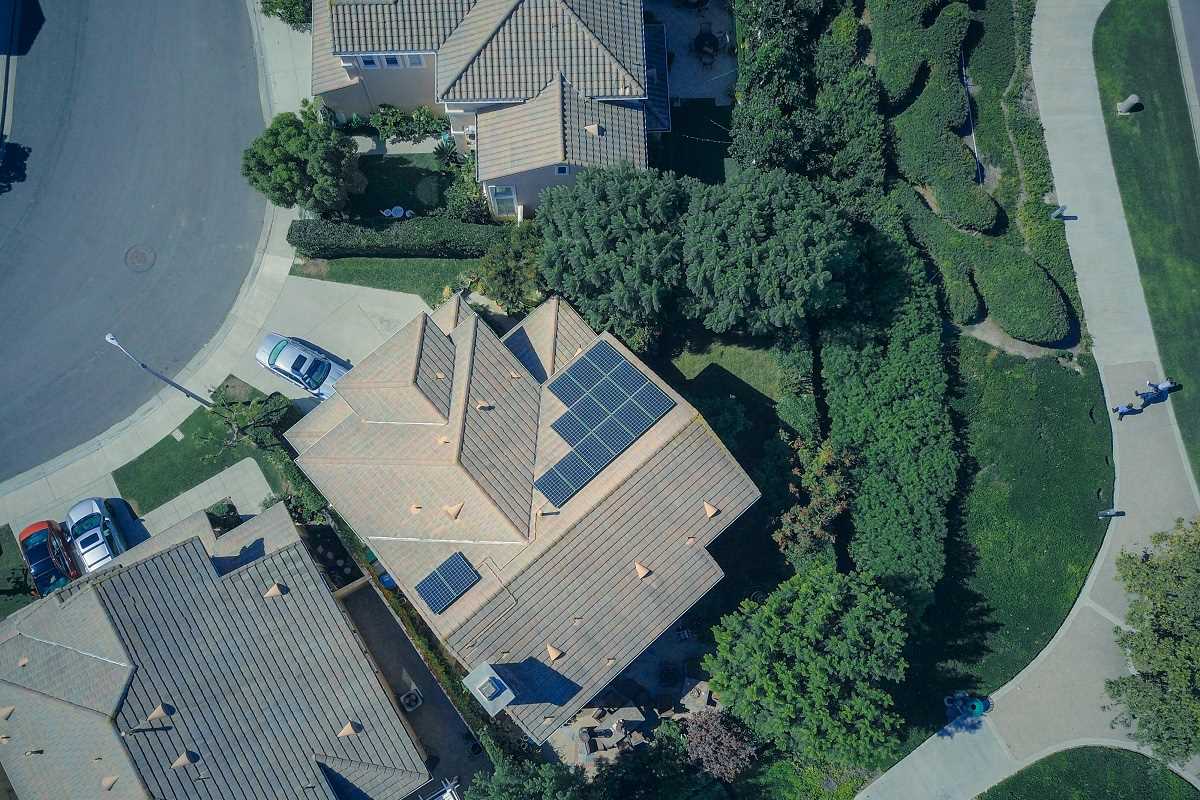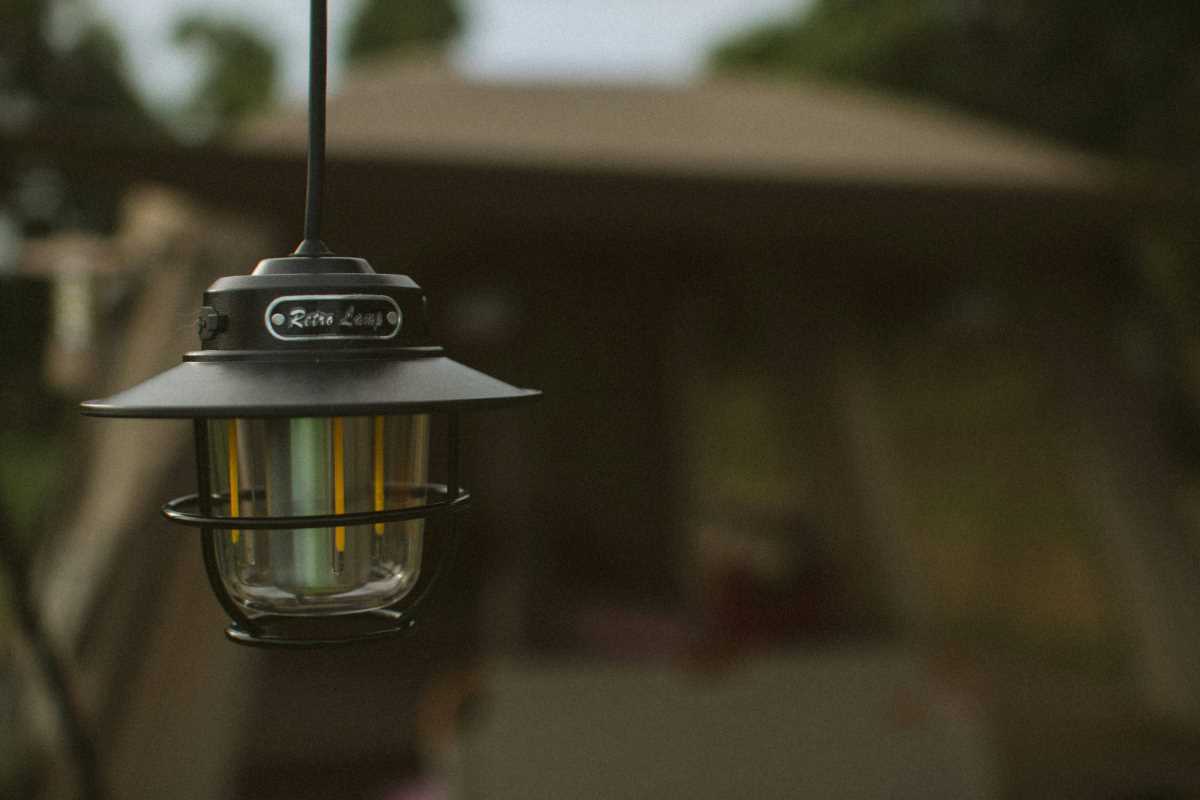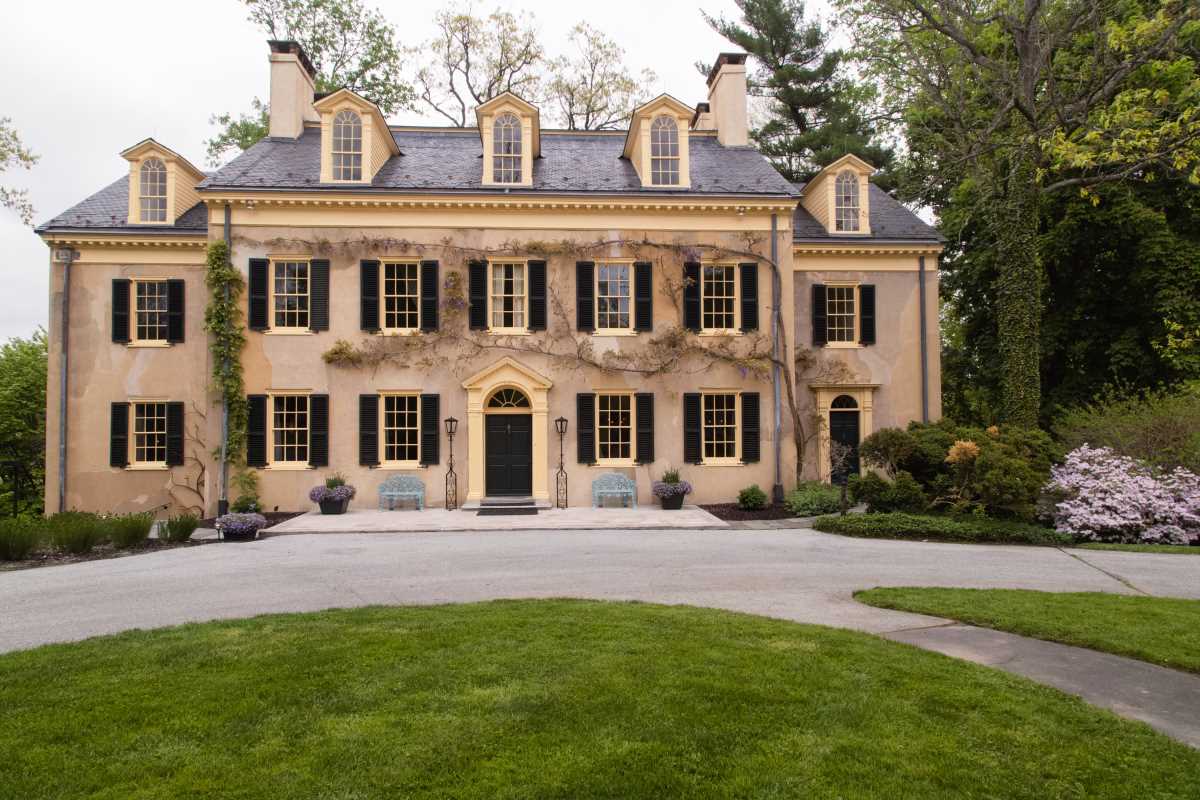Turn your backyard into a vibrant, eco-friendly oasis that offers rewards and contributes positively to the environment. With limited space and the unique challenges of urban settings, using sustainable landscaping practices can make a significant difference. Whether you're a seasoned gardener or just starting out, integrating eco-friendly concepts into your backyard design can enhance your outdoor space's beauty and functionality.
Eco-friendly landscaping in urban areas goes beyond aesthetics; it's about creating a harmonious balance between nature and the built environment. By implementing sustainable practices, you reduce your ecological footprint, conserve resources, and create a relaxing retreat in the heart of your city. Let’s explore some practical and innovative ideas to help you design an environmentally conscious backyard.
Benefits of Eco-Friendly Landscaping
- Reduces water consumption through efficient irrigation systems.
- Enhances biodiversity by attracting beneficial insects and wildlife.
- Improves air quality by increasing green cover and reducing pollutants.
- Decreases energy usage by providing natural shading and cooling.
- Minimizes waste through composting and recycling organic materials.
Designing with Native Plants
- Research Local Flora: Start by identifying plants native to your region, which are well-adapted to the local climate and soil conditions.
- Select a Variety of Species: Incorporate a mix of trees, shrubs, and groundcovers to create a diverse and resilient landscape.
- Consider Plant Groupings: Arrange plants in clusters based on their water and sunlight needs to optimize growth and reduce maintenance.
- Integrate Seasonal Interest: Choose native plants that bloom at different times of the year to ensure your garden remains attractive throughout all seasons.
- Utilize Permeable Materials: When designing pathways and patios, use materials that allow rainwater to seep into the ground, supporting plant health and reducing runoff.
Water Conservation Techniques
Water is a precious resource, especially in urban environments with limited supply. Implementing water conservation techniques in your backyard helps the environment and reduces your utility bills. Start by installing a rainwater harvesting system to collect and store rainwater for irrigation purposes. This sustainable practice ensures that your plants receive adequate water during dry spells without relying solely on municipal sources.
Another effective method is using drip irrigation systems, which deliver water directly to the plant roots, minimizing evaporation and water waste. Incorporating mulching around your plants can help retain soil moisture, regulate temperature, and suppress weed growth. These combined efforts create a more efficient and sustainable watering strategy for your urban garden.
Urban Composting Solutions
Composting is a fantastic way to recycle organic waste and enrich your soil naturally. Space might be limited in a city backyard, but there are innovative composting solutions tailored for urban environments. Consider using a worm bin or a compact compost tumbler that fits seamlessly into smaller spaces. These systems break down kitchen scraps and garden waste into nutrient-rich compost, which can then be used to fertilize your plants.
Implementing urban composting reduces the amount of waste sent to landfills and supports energy efficiency by minimizing the need for chemical fertilizers. Integrating composting into your landscaping routine contributes to a healthier ecosystem and a more sustainable lifestyle.
Sustainable Hardscaping Ideas
Hardscaping elements play a crucial role in the overall design and functionality of your backyard. Opting for eco-friendly hardscaping materials can enhance the sustainability of your landscape. Consider using permeable pavers or recycled materials for pathways and patios, which allow rainwater to infiltrate the ground and reduce runoff.
Incorporate features like green walls or vertical gardens to maximize plant coverage without taking up valuable ground space. Using locally sourced stones and materials decreases the carbon footprint associated with transportation and supports local businesses. These sustainable hardscaping choices improve the aesthetic appeal of your backyard and promote environmental stewardship.
Choosing Sustainable Materials
Selecting the right materials for your backyard is essential for creating a sustainable landscape. Opt for natural, renewable, or recycled materials whenever possible. For example, reclaimed wood can be used for decking or fencing, adding character while reducing the demand for new resources. Similarly, using stones and gravel in pathways can provide durability and a low-maintenance solution that aligns with eco-friendly principles.
Consider the lifecycle of the materials you choose. Durable materials that require minimal upkeep are preferable, as they reduce the need for frequent replacements and lower overall environmental impact. By thoughtfully selecting sustainable materials, you ensure that your backyard remains beautiful and functional for years to come.
Creating Wildlife-Friendly Spaces
Urban backyards have the potential to become havens for local wildlife. You can support biodiversity in your area by incorporating features like birdhouses, bat boxes, and pollinator-friendly plants. Providing habitats for birds, butterflies, and beneficial insects enhances the ecological balance and adds life and movement to your garden.
Creating a wildlife-friendly space involves thoughtful planning and plant selection. Choose flowering plants that provide nectar and pollen for bees and butterflies, and include shrubs and trees that offer shelter and nesting sites for birds. Avoid using pesticides and chemical fertilizers, which can harm beneficial creatures and disrupt the natural harmony of your backyard ecosystem.
Maintenance Practices for Sustainability
Sustaining an eco-friendly backyard requires mindful maintenance practices that prioritize environmental health. Regularly pruning and deadheading plants encourages healthy growth and prevents the spread of pests and diseases. Composting garden clippings and plant waste further contributes to soil fertility and reduces waste.
Implementing a mulching routine helps conserve moisture, suppress weeds, and improve soil structure. Monitoring your garden for signs of stress and addressing issues promptly can prevent larger problems down the line. Adopting these sustainable maintenance practices ensures that your urban backyard remains lush, vibrant, and environmentally responsible.
Embracing eco-friendly landscaping in your city backyard is a fulfilling endeavor that benefits both you and the environment. From conserving water to supporting biodiversity, your sustainable practices can transform your outdoor space into a green sanctuary. Start incorporating these ideas today and move toward a more sustainable and beautiful urban living space.
 (Image via
(Image via





